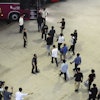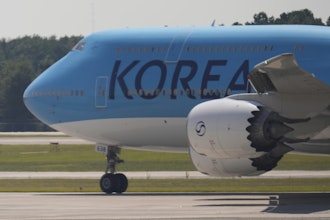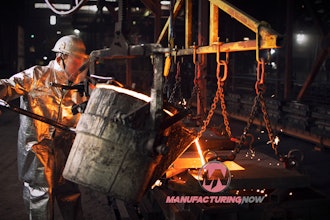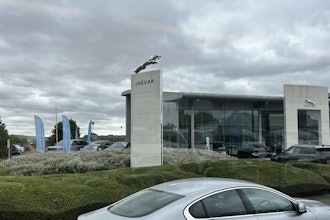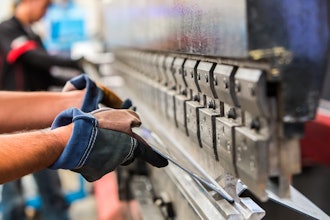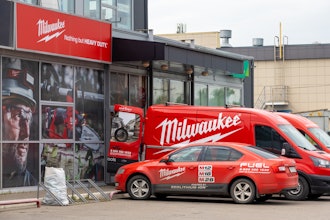Plastics industry consultancy Applied Market Information (AMI) has published a guide detailing the plant locations and activities of thermoplastic profile extruders in Europe.
The profile extrusion sector covered in AMI's report primarily relates to the manufacture of rigid profiles for the production of window, door and conservatory frames.
However, there are also a variety of other products that can be manufactured by this process, including shutters, cladding, furniture and automotive components, ducting, curtain tracks and a range of other miscellaneous consumer, industrial and building products.
As such, it is primarily a submarket of the PVC industry and AMI estimates that more than 90 per cent of production is in PVC.
The remainder of the market is mainly accounted for by polyethylene materials with some small volumes of polypropylene, polystyrene, TPEs and engineering plastics also used.
The guide covers producers of both rigid and flexible profiles.
Rigid profiles, mainly based on unplasticised PVC, are primarily used in building applications and include window frames, door frames, sills, barge boards, cladding, shutters, blinds, skirting boards and cable trays.
Non-building applications are less significant but the market for furniture drawer frames is an important application that has been stimulated by the growth of mass-merchandised self-assembly furniture, according to the company.
Flexible profiles, mainly based on plasticised PVC, polyolefins or thermoplastic elastomers, are offered for a range of small trim and sealing applications mostly to specifications determined by the end user in automotive, domestic appliance and other related end-use markets.
The largest share of the market is accounted for by the manufacture of window and building profiles.
Around 65 per cent of production is for these types of products and the companies involved also tend to be the larger processors, in some cases using many thousands of tonnes of resin per year.
The AMI database includes the details of the European production sites for building profile producing groups such as Profine, Veka, Rehau, Alphacan, Deceuninck and the Tessenderlo Group.
Other processors covered by the report include manufacturers of rigid profiles for furniture products, curtain tracks, blinds and lighting, as well as flexible profile producers mainly serving the automotive, domestic appliance and building markets.
This segment of the market is more fragmented, involving many smaller companies, often located in Italy.
Germany is the most important market for the production of profiles; it accounts for nearly half of the market in polymer demand terms, although only 20 per cent of producers in AMI's database.
Italy has the next largest number of profile-extruding companies, although the production of profiles in Italy is relatively unusual in that it is applications other than window frames that represent the largest share of polymer consumption, mainly in the form of profiles for blinds, doors and shutters.
Up until the recession, the fastest growth was in the markets of Central and Eastern Europe.
AMI's database lists details 157 operating sites in the newer EU states, of which approximately 25 per cent are owned by Western companies.



